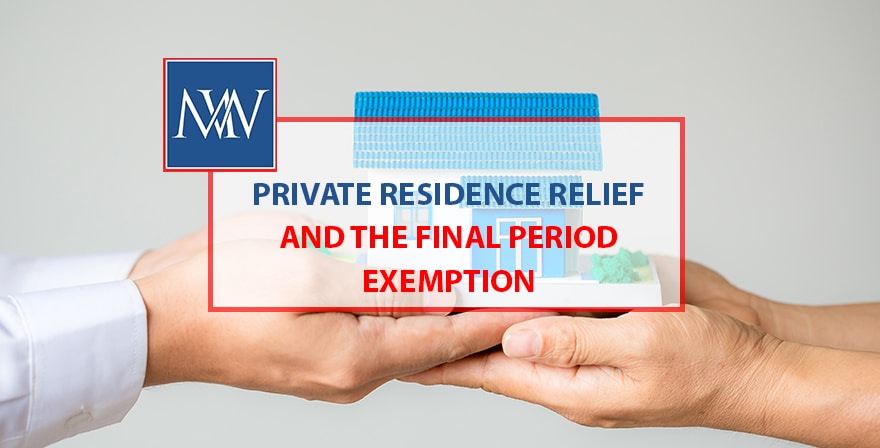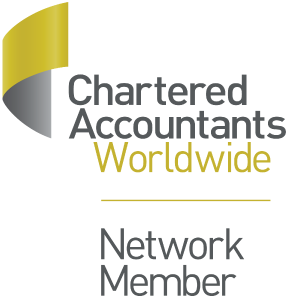
Private residence relief and the final period exemption
From a capital gains tax perspective, there are significant tax savings to be had if a property has been the owner’s only or main residence. The main gains are where the property has been the only or main residence throughout the whole period of ownership as private residence relief applies in full to shelter any gain arising on the disposal of the property from capital gains tax.
However, there are also advantages if a property enjoys only or main residence status for part of the ownership period; not only are any gains relating to that period sheltered from the capital gains tax, but those covered by the final period exemption are also tax-free.
The final period exemption works to shelter any gain arising in the final period of ownership from capital gains tax if the property has at any time, however briefly, been the owner’s only or main residence. This can be particularly useful if the property is, say, lived in as a main home and then let out prior to being sold, or where a person has two or more residences.
Prior to 6 April 2020, the final period exemption applies generally to the last 18 months of ownership. Where the person making the disposal is a disabled person or a long-term resident in a care home, the final period exemption applies to the last 36 months of ownership.
From 6 April 2020, the final period exemption is reduced to nine months, although it will remain at 36 months for care home residents and disabled persons.
Planning ahead
Where a property which has been occupied as the main residence at some point, it could be very advantageous to dispose of it prior to 6 April 2020 rather than after that date to benefit from the longer final period exemption.
Example
Frankie has a cottage on the coast that he brought on 1 January 2010 for £200,000. He lived in it as his main residence for two years until 31 December 2011, when he purchased a city flat which has been his main residence since that date. He continues to use the cottage as a holiday home.
He plans to sell the cottage and expects to get £320,000.
Scenario 1 – sale on 31 March 2020
If Frankie sells the cottage on 31 March 2020, he will have owned the cottage for a total of 10 years and three months (123 months). Of that period, he lived in it for 24 months as his only or main residence. As the sale takes place prior to 6 April 2020, he will benefit from the final period exemption for the last 18 months.
The gain on sale is £120,000 (£320,000 – £200,000)
He qualifies for 42 months’ private residence relief, which is worth £40,976 (42/123 x £120,000).
The chargeable gain is, therefore, £79,024 (£120,000 – £40,976).
Scenario 2 – sale on 30 April 2020
If Frankie does not sell the property until 30 April 2020, he will only benefit from a nine-month final period exemption. If he sells on this date, he will have owned the property for 124 months. Assuming the sale price remains at £320,000 and the gain at £120,000, the gain which is sheltered by private residence relief is £31,935 (33/124 x £120,000), and the chargeable gain is increased to £88,065 (£120,000 – £31,935).
If planning to dispose of a property which has been an only or main residence for some but not all of the period of ownership, selling prior to 6 April 2020 will enable the owner to shelter the gain pertaining to the last 18 months of ownership.
To know more about Private residence relief, Book a meeting or contact us for more details.
Need Accountancy Support?
For information on bespoke training, or if you have any other questions for Makesworth Accountant, please fill in your details below




















 150
150